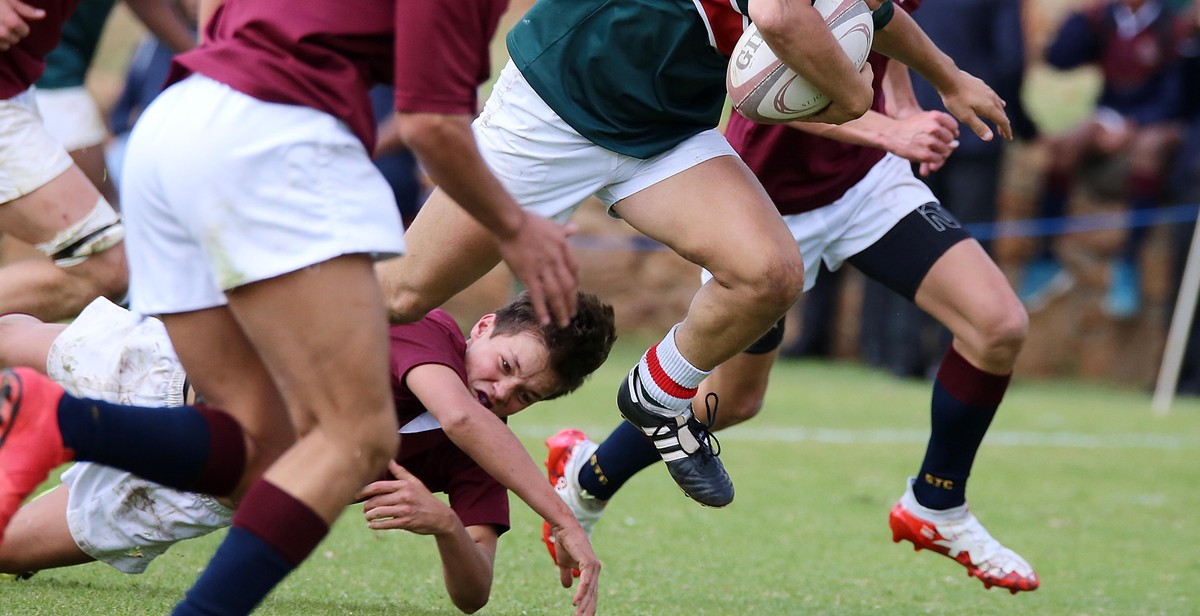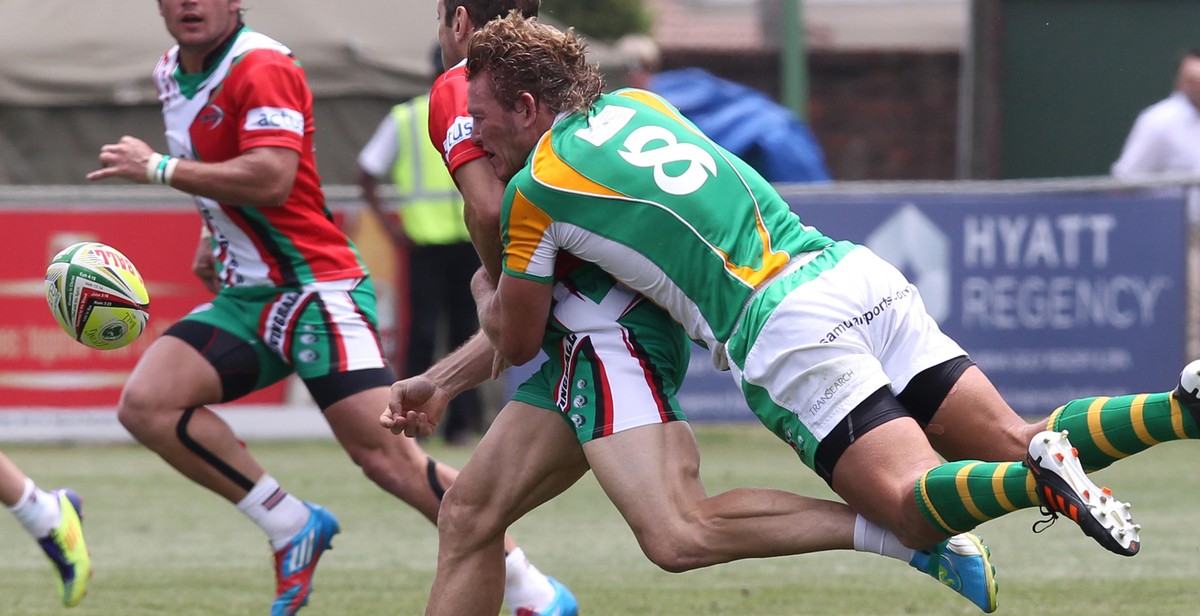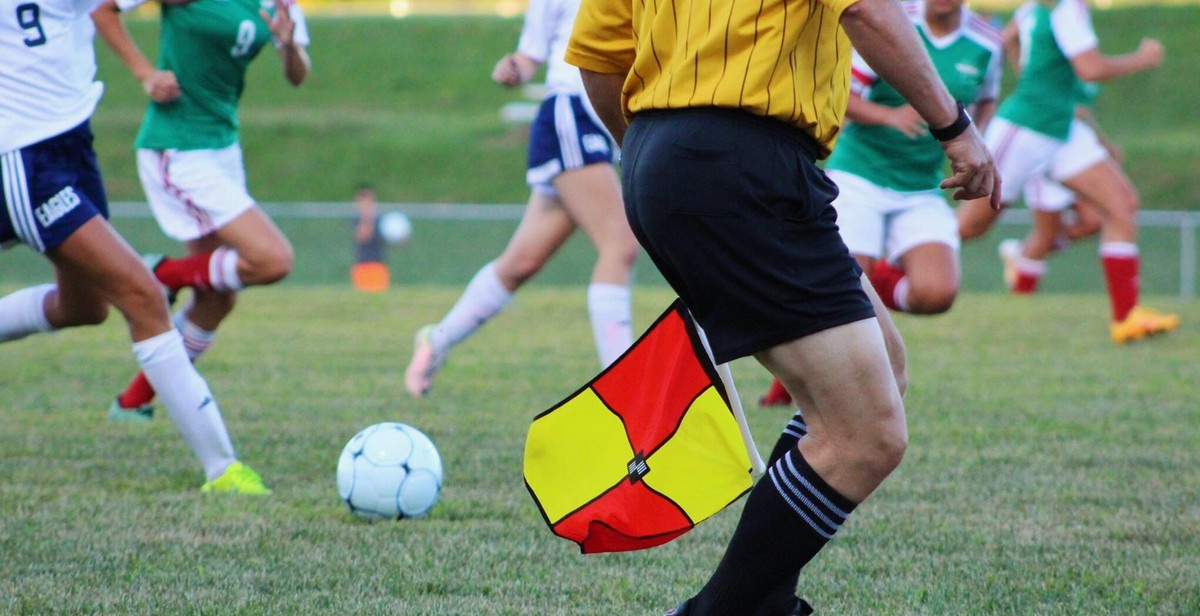How to Improve Your Rugby Tackle Technique: Tips for Effective Defensive Play
Rugby is a high-intensity sport that requires a combination of physical and mental strength. One of the most important aspects of rugby is the tackle. A good tackle can save a game and prevent the opposition from scoring points. However, tackling can be a risky business, and poor technique can lead to injuries. Therefore, it is essential to learn how to tackle effectively and safely.
The Importance of Proper Tackle Technique
Proper tackle technique is crucial for a successful defense. It not only prevents the opposition from making a break but also reduces the risk of injury to the tackler. A good tackle involves using the correct body position, timing, and force to bring the ball carrier to the ground. Without proper technique, the tackler risks getting injured or giving away a penalty.
Tips for Effective Tackling
There are several tips and techniques that rugby players can use to improve their tackling skills. These include:
- Keeping a low body position
- Timing the tackle correctly
- Wrapping the arms around the ball carrier
- Using the shoulder to make contact
- Driving the legs to bring the ball carrier down
By following these tips and practicing regularly, rugby players can improve their tackle technique and become more effective defenders.

Understanding the Basics of Rugby Tackle Technique
Rugby is a game that involves a lot of physical contact, and tackling is an essential part of the game. A good tackle can stop the opposing team from advancing and even turn the game around. However, a poorly executed tackle can lead to injuries or penalties. Therefore, it’s essential to understand the basics of rugby tackle technique to improve your defensive play.
Body Positioning and Footwork
The first step to a successful tackle is to get into the right position. Your body should be square to the ball carrier, with your feet shoulder-width apart and your knees bent. Your weight should be evenly distributed on both feet, and your hips should be low to the ground. This position will give you a stable base to work from and allow you to generate power in your tackle.
When approaching the ball carrier, take short, quick steps. This footwork will allow you to change direction quickly and adjust your angle of attack. It’s also essential to keep your eyes on the ball carrier and not get distracted by any fakes or dummies.
Targeting the Right Area
Once you’re in the right position, the next step is to target the right area of the ball carrier’s body. The ideal target area is the midsection, just below the ribcage. This area is the most vulnerable and will allow you to wrap your arms around the ball carrier and bring them down to the ground.
It’s crucial to avoid targeting the head or neck area, as this can lead to serious injuries and penalties. Always aim for the midsection and adjust your target as necessary based on the ball carrier’s movement.
Getting Low and Driving Through the Tackle
As you make contact with the ball carrier, it’s essential to get low and drive through the tackle. Lowering your body will give you more power and make it harder for the ball carrier to break free. Use your arms to wrap around the ball carrier and bring them down to the ground.
Once you’ve made contact, keep driving your legs and pushing forward. This technique will not only bring the ball carrier down but also prevent them from gaining any additional yards after the tackle. It’s essential to stay committed and keep driving until the ball carrier is on the ground.
By understanding the basics of rugby tackle technique, you can improve your defensive play and become a more effective player on the field. Remember to focus on body positioning and footwork, target the right area, and get low and drive through the tackle for maximum impact.

Developing Your Tackle Technique
Improving your rugby tackle technique requires a combination of strength and conditioning, practicing tackling drills, and analyzing your performance. Here are some tips to help you develop your tackle technique:
Working on Your Strength and Conditioning
Being physically fit and strong is crucial to effective defensive play. Incorporate strength and conditioning exercises into your training regimen to improve your overall strength and endurance. Some exercises to consider include:
- Squats
- Deadlifts
- Bench press
- Push-ups
- Planks
Additionally, work on your cardio fitness by incorporating running, biking, or other aerobic exercises into your routine.
Practicing Tackling Drills
Practicing tackling drills is essential to improving your tackle technique. Here are some drills to try:
- One-on-one tackling: Practice tackling with a partner, focusing on proper technique and form.
- Angle tackling: Practice tackling at different angles, simulating game situations.
- Reaction drills: Practice reacting quickly to a ball carrier and making an effective tackle.
- Footwork drills: Practice footwork and body positioning to improve your ability to make a tackle.
Remember to always prioritize safety when practicing tackling drills, and wear appropriate protective gear.
Analyzing Your Performance
Regularly analyzing your performance can help you identify areas for improvement in your tackle technique. Consider filming your practice sessions or games and reviewing the footage to see where you can make adjustments. Additionally, seek feedback from coaches and teammates to identify areas for improvement.
| Area for Improvement | Action to Take |
|---|---|
| Body positioning | Practice footwork drills and focus on maintaining proper body positioning during tackles. |
| Timing | Practice reaction drills and work on timing your tackles for maximum effectiveness. |
| Strength | Incorporate strength training exercises into your routine to improve overall strength and power. |
By focusing on strength and conditioning, practicing tackling drills, and analyzing your performance, you can develop your tackle technique and become a more effective defender on the rugby field.

Key Tips for Effective Defensive Play
Communication and Coordination with Your Teammates
Effective communication and coordination with your teammates is crucial for a strong defensive play. Make sure you are constantly communicating with your teammates, especially those who are in close proximity to you on the field. This can include calling out the direction of the play, identifying potential threats, and giving instructions on how to adjust the defensive line.
It is also important to coordinate with your teammates to ensure that everyone is on the same page. This can involve discussing defensive strategies before the game, assigning specific roles for each player, and making adjustments as needed during the game.
Anticipating Your Opponent’s Moves
Anticipating your opponent’s moves is another key aspect of effective defensive play. This involves studying your opponent’s playing style and tendencies, and using this knowledge to predict their next move. By doing so, you can position yourself in a way that allows you to make a strong tackle or intercept the ball.
Another helpful tip is to watch the hips of the opponent, as this can give you clues as to which direction they are planning to move. Additionally, pay attention to the body language and movements of the opponent, as this can provide valuable information about their intentions.
Maintaining a Strong Defensive Line
Maintaining a strong defensive line is crucial for preventing your opponent from gaining ground and scoring points. This involves staying in position and working together with your teammates to create a wall that the opponent cannot break through.
One important tip is to avoid overcommitting to a tackle, as this can leave gaps in the defensive line that the opponent can exploit. Instead, focus on staying in position and using your body to block the opponent’s path.
Another helpful technique is to use the sideline as an additional defender. By positioning yourself and your teammates in a way that funnels the opponent towards the sideline, you can limit their options and make it easier to make a tackle.
| Tip | Description |
|---|---|
| Communication and Coordination with Your Teammates | Constantly communicate with your teammates and coordinate defensive strategies. |
| Anticipating Your Opponent’s Moves | Study your opponent’s playing style and tendencies, and use this knowledge to predict their next move. |
| Maintaining a Strong Defensive Line | Stay in position, work together with your teammates, and use the sideline as an additional defender. |

Conclusion
Improving your rugby tackle technique is crucial if you want to become an effective defender. It requires a combination of physical strength, speed, and mental agility. By following the tips outlined in this article, you can enhance your tackling skills and become a valuable asset to your team.
Remember the Key Points
- Keep your head up and eyes on the target
- Drive your feet and maintain a low center of gravity
- Wrap your arms around the ball carrier and squeeze tight
- Use your shoulder to make initial contact and drive through the tackle
- Practice tackling from different angles and positions
Stay Safe on the Field
While tackling is an essential part of rugby, it is also a high-risk activity. Always prioritize safety and use proper technique to avoid injury. Remember to wear appropriate protective gear and follow the rules and regulations of the game.
Keep Improving Your Skills
Improving your rugby tackle technique is an ongoing process that requires dedication and practice. Keep working on your skills and seek feedback from coaches and teammates to continue developing your defensive play. With time and effort, you can become a skilled and effective tackler on the rugby field.
| Author: | Your Name |
| Date: | June 1, 2021 |
